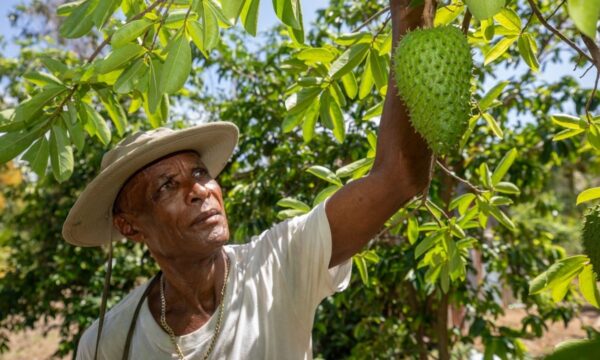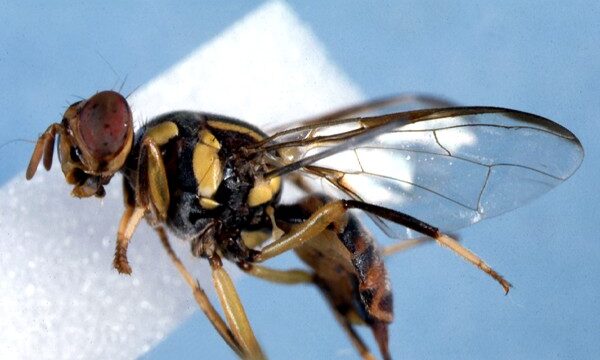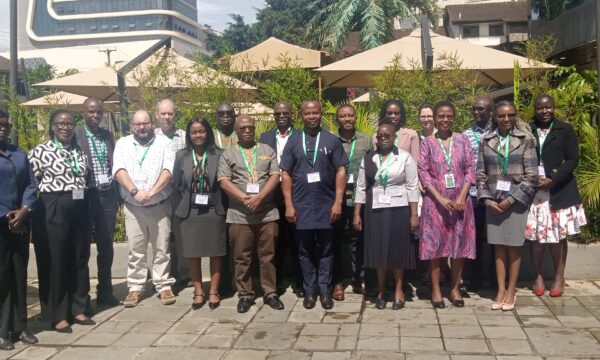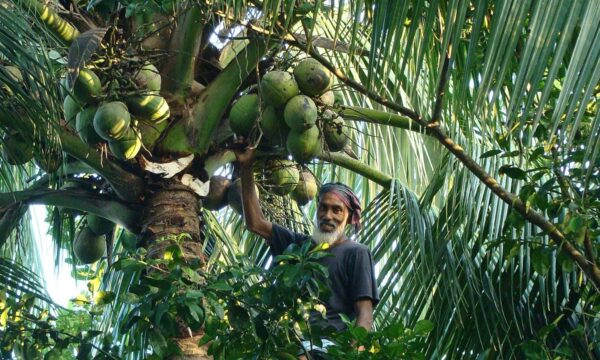On International Day for Biological Diversity, CABI’s Dr MaryLucy Oronje looks at horizon scanning and pest preparedness – approaches that help prevent the spread of invasive species, a major threat to biodiversity.
Horizon scanning for invasive pests is crucial for preventing biodiversity loss. The early identification and assessment of emerging threats allow ecosystems to be protected before pests invade and become widespread. Ongoing monitoring enables biosecurity institutions, officers and communities to anticipate risks and implement timely preventive measures. This proactive approach helps to preserve biodiversity by limiting the impact of the invasive species that disrupt the delicate balance of ecosystems.
Biodiversity loss, climate change and invasive pest threats
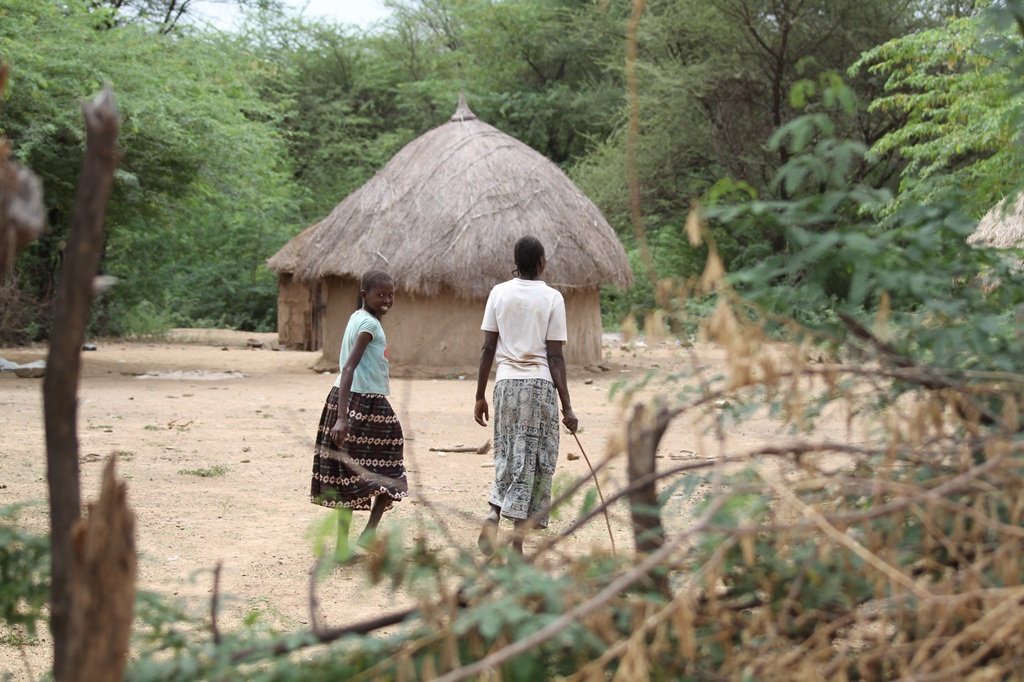
We can no longer regard biodiversity loss as a distant challenge to be faced in the coming decades. Climate disruption has already caused substantial damage to ecosystems, accelerating the spread of invasive species and threatening delicate habitats. Climate change is complex, and this makes its impact on invasive pests difficult to predict. Nevertheless, it is widely accepted that global warming will increase the severity of pest outbreaks in the coming years.
This will have severe consequences for people working in rural communities. We can expect those working in sectors such as agriculture and tourism, who rely on healthy ecosystems for their livelihoods, to be impacted. Moreover, the spread of pests and subsequent biodiversity loss will undermine gains made in economic development, pushing people back or further into poverty. To protect rural communities, we must anticipate and prepare for pest invasions, safeguarding the natural habitats that sustain them.
The threat of invasive species to biodiversity and food production
Invasive species pose a particular threat to biodiversity. These are organisms that have been introduced – often unintentionally – to regions beyond their native range. Without their natural enemies to keep them in check, they thrive and spread, outcompeting native flora and fauna. Parthenium hysterophorus is one such species. Native to the Americas, this invasive weed has spread across Africa, Asia and Australia. It has grown rapidly, forming vast monocultures, displacing native species and altering ecosystem dynamics. In the 1980s, it reached Pakistan through floods and water networks. Here, it has had a particularly detrimental effect on biodiversity. Research from the Pothwar region found that Parthenium has reduced the number of species per plot by up to 40%. It has also decreased the abundance, diversity and richness of native species.
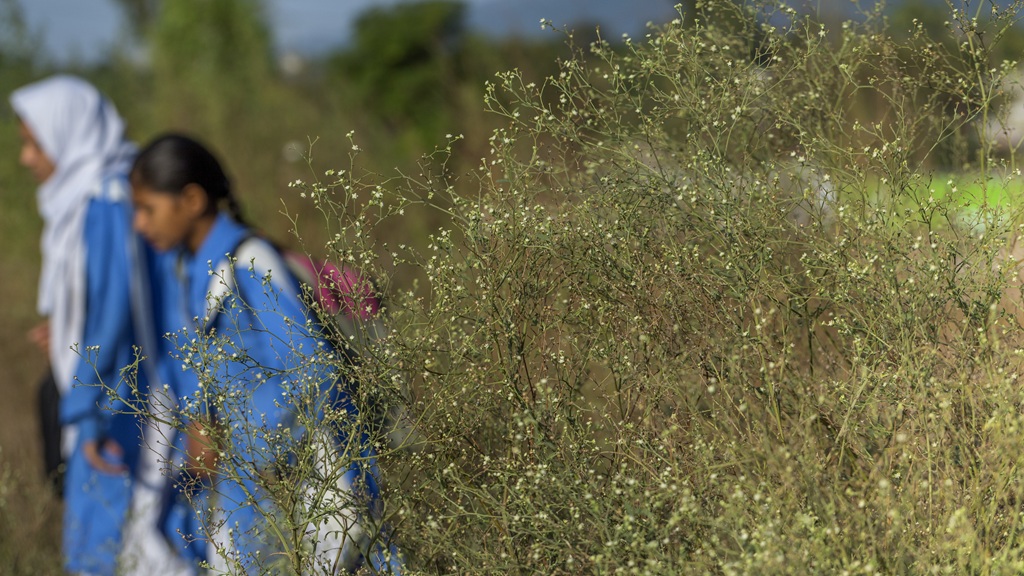
Studies in India and Australia report on Parthenium’s allelopathic effects – where one organism releases chemicals that alter other organisms’ growth. It found that Parthenium displaces native grasses and herbaceous plants, leading to biodiversity loss and ecosystem degradation. In Kenya and South Africa, invasive Parthenium has been linked to the decline of native plant species and herbivore populations, affecting grazing capacity and wildlife. A study in Ethiopia showed a 40% reduction in plant species richness in areas invaded by Parthenium compared to non-invaded areas. It noted significant declines in the diversity of herbaceous and woody species.
Researching horizon scanning
We can take many courses of action to better understand when and where pest invasions, such as those from Parthenium, might occur. One of the upstream approaches is pest horizon scanning. This approach identifies future pest threats by analysing emerging risks and trends, prioritizing those that may need further monitoring and even preventive action.
The 2024 paper ‘Horizon scanning: Tools to identify emerging threats to plant health in a changing world’ provides an overview of current practices in horizon scanning, highlighting strengths and shortcomings. It describes how national and regional plant protection organizations (NPPOs and RPPOs) combat pests using horizon scanning.
Early detection of emerging pests is critical. NPPOs and RPPOs can support early detection by engaging in intelligence-gathering activities. Traditional methods involve reviewing scientific journals and analysing pest reports from other NPPOs and RPPOs. Other approaches include monitoring digital and print media. This can be done manually, online through web browsing or by using tools like Google alerts. In collaboration with EFSA, CABI is working towards automating an early detection process. Using the WHO’s epidemic intelligence from open sources (EIOS) system, the initiative is designed to scan large amounts of publicly available data for signs of emerging biological threats.
Horizon scanning under PlantwisePlus
The CABI-led PlantwisePlus programme supports horizon scanning. The approach forms an important part of its work in pest preparedness and uses CABI’s Horizon Scanning Tool (HST). PlantwisePlus supports countries with the rapid identification, prioritization and response to pest threats. Moreover, it helps them to integrate the latest climate change models with information on pest distribution. Ultimately, the programme helps nations to discover threats before they arrive and take action when pests are discovered. Its work in pest preparedness addresses the need for a more coordinated rapid response, considering community, national and regional level action to prevent and address pest outbreaks.

CABI’s Horizon Scanning Tool
CABI launched the HST in 2017. This tool helps decision-makers to identify potential pest threats to specific geographic areas. The tool is based on CABI Compendium data covering over 56,000 species. Within the HST, users can designate an area at risk. They can then select one or more source areas based on geography, shared climate or trade. The tool scans for invasive species absent in the risk area but present in source areas in order to produce a list of potential threats. Filters such as habitats, introduction pathways and plant hosts allow for the further narrowing of the list.
The tool aids users in planning follow-up actions. These actions include detailed risk assessments and public awareness campaigns. They also involve surveillance measures to mitigate potential invasions. In 2022, over 10,000 people from 200 countries used the HST. The tool also supports capacity-building workshops in low- and middle-income countries.
The tool has supported governments with their pest horizon scanning in Ghana and Kenya to identify invasive pests. Specifically, the tool supported decision making on the risk scoring of their likelihood of entry, establishment and socio-economic impact. These efforts helped to prioritize these risks. They also aided the implementation of measures such as pest risk analyses (PRAs). The work supported contingency planning and increased surveillance.
A global horizon scanning system?
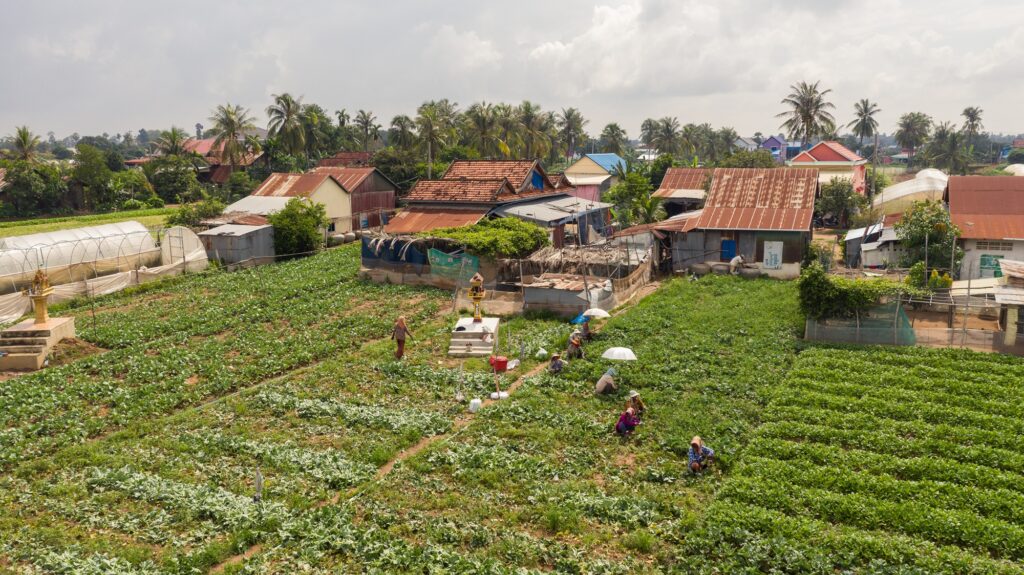
When it comes to pest invasions, nations are highly interconnected, and the 2024 paper highlights this. Failing to share information about pests can have a detrimental impact. It can threaten the biosecurity of neighbouring countries and trading partners. To this end, in 2021, the International Plant Protection Convention (IPPC) launched the POARS framework – a collaborative initiative focused on the Prevention, Observation and Awareness, Rapid Response and Support of plant risks. Designed to manage and mitigate the threat of emerging plant pests, CABI actively supports this international early-warning framework, helping to advance its goals.
It is clear that invasive species adversely impact biodiversity on a global scale. In 2019 and 2023, the Intergovernmental Science-Policy Platform on Biodiversity and Ecosystem Services (IPBES) released two landmark reports. The first focused on biodiversity, and the second on invasive species. The 2019 Global Assessment Report identified invasive species as one of five key drivers of biodiversity loss. Building on this, the 2023 report focused exclusively on invasive species. It noted that they cause dramatic and, in some cases, irreversible changes to biodiversity and ecosystems. They result in adverse and complex outcomes across all regions of the planet, including local and global species extinctions.
Climate change has amplified the spread and impact of plant pests. The threats to ecosystems and the rural communities that rely on them continue, making proactive measures like horizon scanning crucial. Tools such as the HST can empower governments in their decision-making. As the climate continues to warm, integrating horizon scanning into pest preparedness will become increasingly essential, helping to build resilience against future pest invasions and, ultimately, protect biodiversity.
PlantwisePlus – supporting countries with pest preparedness for food security
Pest preparedness – boosting food security, farmer incomes and agricultural trade
What are CABI’s Horizon Scanning and Pest Risk Analysis tools, and how do people use them?
PlantwisePlus gratefully acknowledges the financial support of the Directorate-General for International Cooperation, Netherlands (DGIS); European Commission Directorate General for International Partnerships (INTPA); UK International Development from the UK government; and the Swiss Agency for Development and Cooperation (SDC).
Related News & Blogs
Study briefs: PlantwisePlus supports Bangladesh, Pakistan and Sri Lanka achieve climate and agricultural goals
Plant Clinic Bangladesh CABI has published three new study briefs exploring how the CABI-led global PlantwisePlus programme supports Bangladesh, Pakistan and Sri Lanka achieve some of their climate and development priorities within agriculture. Plantwi…
22 September 2025

